HP Chromebook 11 Review
by Anand Lal Shimpi on October 15, 2013 2:45 AM EST- Posted in
- Laptops
- HP
- Chrome OS
- Chromebook

We’re in the midst of a netbook renaissance. Armed with lighter weight OSes, faster hardware and a better appreciation for what matters in a consumer device, OEMs are giving the concept another try.
Just like before, we’ll see solutions based on Windows as well as open source OS alternatives. The most viable candidate in the latter category is Google’s own Chrome OS. In the old days if all you needed was to be able to browse the web, you had to buy a PC. Now you have more options. For those users who really just need access to the web, email and perhaps editing documents, Chrome OS is a real alternative.
What you give up in backwards compatibility with legacy applications, you get in the form of simplicity and security. Google controls all updates to Chrome OS, which are delivered seamlessly in the background. You also get all of the security benefits of sandboxing that are otherwise reserved for devices running Android or iOS. Chrome OS is the type of platform you can recommend to someone and never have to worry about them coming back to you with a virus or malware infested PC.
| HP Chromebook 11 Specifications | |||||||||
| Dimensions | 297 x 192 x 17.6 mm | ||||||||
| Display | 11.6-inch IPS 1366 x 768 | ||||||||
| Weight | 2.3 lb/ 1.04 kg | ||||||||
| Processor | Samsung Exynos 5250 (dual-core Cortex A15 1.7GHz + ARM Mali-T604 GPU) | ||||||||
| Connectivity | 2 stream dual-band 802.11n, Bluetooth 4.0, 3G/4G LTE optional | ||||||||
| Memory | 2GB DDR3 | ||||||||
| Storage | 16GB eMMC | ||||||||
| Battery | 30Wh | ||||||||
| I/O | 2 x USB 2.0, VGA webcam, microUSB for charging/SlimPort video out, headphone/mic jack | ||||||||
| Starting Price | $279 | ||||||||
With the exception of the Chromebook Pixel, Google has done a great job of curating excellent low-cost hardware that runs Chrome OS. Last year’s Samsung Chromebook redefined what you should expect in terms of build quality and design from a sub-$300 notebook. This year we get a spiritual successor to that device.
Design & Chassis
The HP Chromebook 11 keeps the same 11.6-inch form factor as last year’s device, but upgrades it in almost every way imaginable. Let’s start with the chassis:
Exotic materials are pretty much out of the question for something priced at $279, so the Chromebook 11 boasts a magnesium reinforced plastic chassis. The internal magnesium frame helps reduce flex, and I’m happy to say that the result is one solid feeling device.
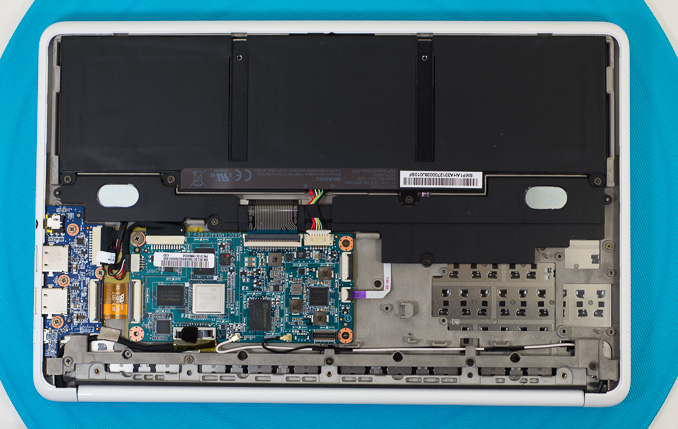
The motherboard screws into a magnesium frame
The plastic exterior is glossy, which unfortunately means it’s going to be a fingerprint magnet. That’s honestly my only complaint about the design though, the rest is extremely well executed down to Chrome color strip lit by the display’s backlight on the back of the machine.
As with most mainstream devices these days, Google used little touches of color to personalize the device. The Chromebook 11 is available in black (no accents), or white with four accent colors (blue, red, yellow or green). The accent colors are visible around the keyboard as well as underneath the notebook.
Google is particularly proud of the lack of any visible vents, screws or speakers. The Exynos 5250 SoC is passively cooled (just like it would be in a tablet), which reduces the need for any large vents. Under heavy load the machine does get surprisingly warm, with the upper left region of the Chromebook 11 hitting 46C in my testing - a reminder of just how much power a pair of ARM Cortex A15 cores can draw under load. Pulling off the bottom of the machine it's clear why there's so much heat transfer, Google uses the bottom plate as a heat spreader with a bit of thermal interface material making direct contact to the Exynos 5250 SoC:
The bottom of the Chromebook 11 snaps on, hence the lack of any visible screws. The only screws in the Chromebook 11 are hidden by the strips of accent color on the back. The large strip snaps on, while the thin strip is held on by adhesive:
Finally, the speakers port up through the keyboard just like they would on a MacBook Air (all while providing surprisingly full sound).
The Apple comparisons don’t end there. Unlike most laptops in the Chromebook 11’s price range, the chiclet keyboard is awesome. You’d be hard pressed to tell the difference in spacing, key travel or feedback between the 11’s keyboard and that of an rMBP. It used to be that you’d have to spend tons of money to get a notebook with a good keyboard, Google seems devoted to fixing that.
In fact Google seems to want to address most of the issues that plagued mainstream PCs with its low-cost Chromebooks. There’s no mechanical storage inside the Chromebook 11, instead settling on a 16GB eMMC solution (once again provided by SanDisk) that enables extremely fast boot and predictable application launch times. You obviously don’t get a ton of local storage, but as with all Chromebooks you’re expected to either not have a ton of local storage needs, rely on external USB storage, or toss everything into the cloud. In pursuit of the latter, Google offers all Chromebook 11 customers 100GB of free storage on Google Drive for 2 years after the feature is manually activated (you have 60 days to activate).
I won't go into too much detail on Chrome OS other than to say that Google is slowly but surely trying to address my biggest concerns about the OS. You can finally run applications offline and outside of a browser window, which makes a lot of sense (I really don't want to have to do math in a Chrome window), but the list of offline applications is woefully short at this point. Chrome OS remains a great solution for those users who really spend all of their computing time inside Chrome browser windows and aren't huge on multi-window, multi-tasking usage models. It may sound limited, but for a big chunk of the mainstream PC market it's actually nearly spot on. Plus you get all of the benefits of Chrome: sandboxing, security and an always up-to-date/lightweight platform.
For the more enterprising users, the Chromebook 11 can just as easily be rebooted into developer mode by hitting esc + switch (F5) + power, then hitting Ctrl + D when prompted/at every subsequent boot. Developer mode, as always, gives you lower level access to the platform - including the ability to get to a command prompt.



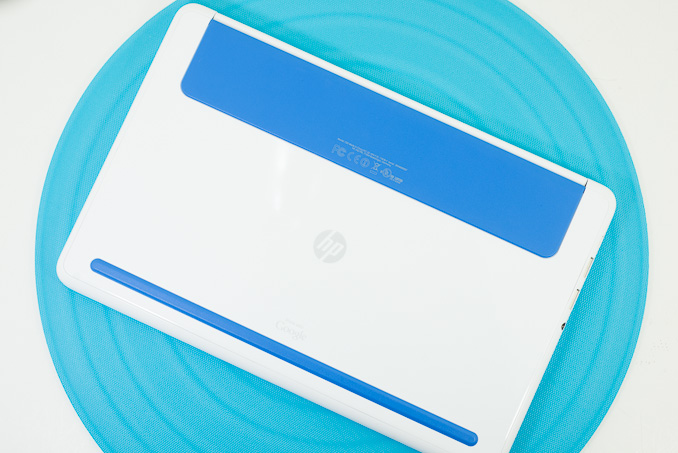
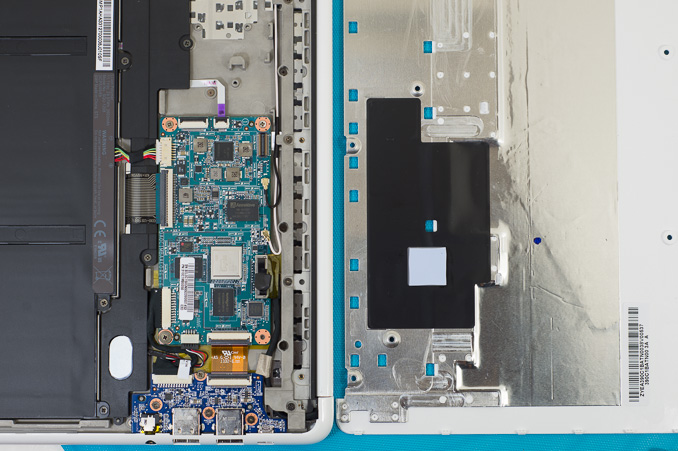
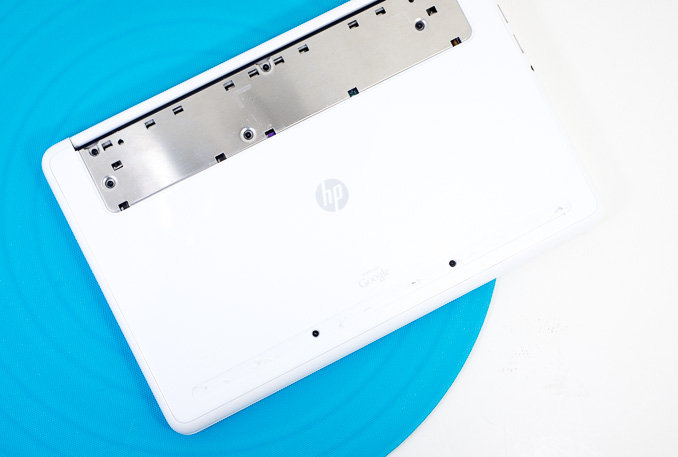
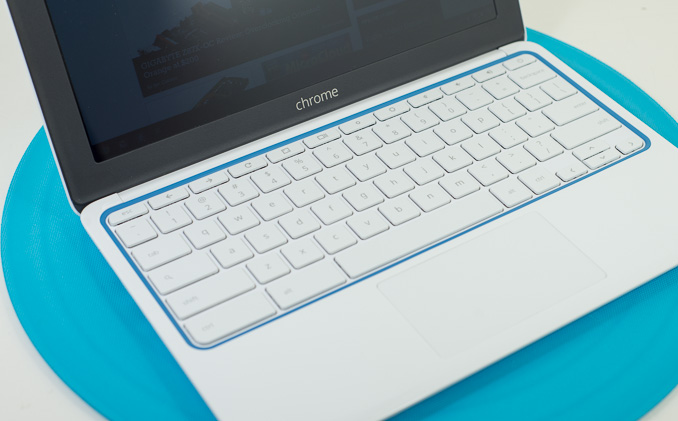










90 Comments
View All Comments
Theard - Wednesday, October 30, 2013 - link
what Joe implied I am inspired that some one able to make $8901 in 1 month on the computer. Get More Information .... jobs23.comLunyone - Tuesday, October 15, 2013 - link
Yeah I would say similar thoughts as Klug4Pres. I think the better CPU is needed today and also for future uses. This could be the rebirth of the EEE PC era, but in a different form factor (bigger). I think people are looking for cheap and quality built basic PC's for the basics. I know tablets can take that factor up to some extent, but having the built in keyboard w/decent performance and a good screen is what most people like.I have the Acer V5 (won on Anandtech!) and it is quite an interesting laptop. It has a similar 11.6" screen size, but comes w/4 AMD Temash cores and Windows 8. I like the quick boot up from a cold start and the form factor is quite nice for light and portable. I have a 15.6" laptop that I use also, but it can be a bit heavy/bulky for some situations (couch/bed positions).
This Chromebook looks quite interesting at the price point, but as Anand stated, it should have a better CPU in it for multi-tasking.
OneOfTheseDays - Tuesday, October 15, 2013 - link
What a joke of a review.Let me see here. Pay $279 for a laptop with crappy keyboard/touchpad, god awful performance (can't even stream HD youtube), ZERO multitasking abilities, is essentially a glorified browser that can't do anything outside of the Google ecosystem, and has ABYSMAL 4 hour battery life for an ARM processor.
There is absolutely no reason to get this over any of the upcoming 8.1 Bay Trail hybrids/netbooks coming out this fall. The Asus T100 is an infinitely better buy in every way. Spend the extra $50 and you get a significantly better machine in every aspect that can do everything the Chromebook can do better.
There is a reason why Chromebooks have something like 0.02% of the marketshare. They absolutely suck in just about every category imaginable. Google fanboys like Anand desperately want to see MSFT dethroned, which is why they pimp such obvious garbage at every turn.
Drumsticks - Tuesday, October 15, 2013 - link
I swear anand has been called a fanboy of every different platform at some point.That said, I almost agree just not on such extremes. To be fair, I believe he mentioned the keyboard being great and the clickpad being as good as or even better than some more expensive PCs. Similarly, sound and display are good for the price. So you aren't really giving (at least the hardware) engineering credit. It would certainly be nice to see this same machine running windows, if Microsoft would only consider eating into their Windows revenue.
damianrobertjones - Tuesday, October 15, 2013 - link
"and display are good for the price" - Every Windows laptop review literally slams the 1366x768 resolution so the same should really be applied here!Onkel Harreh - Tuesday, October 15, 2013 - link
Admittedly, the Macbook Air 11 also uses this resolution. I think at 11 inches, it's acceptable, only because Apple haven't ditched it yet.Guspaz - Tuesday, October 15, 2013 - link
The Macbook Air uses a TN panel. Now, it's a pretty decent TN panel that looks quite good once calibrated (I've got a 2012 13" Mac Air), but it's still not IPS.isid - Tuesday, October 15, 2013 - link
Did you not see this quote?"Although the 11.6-inch display boasts a pedestrian 1136 x 768 resolution, it’s an IPS panel devoid of the sort of color/contrast shift at off-center angles you normally get with a cheap PC notebook."
He acknowledges the low resolution, but explains why it's a decent display nevertheless. An IPS display on a $279 notebook is pretty decent, especially when it has decent color reproduction and blacks. The displays on cheap Windows notebooks are often horrible washed out dim messes without even considering the resolution.
Krysto - Tuesday, October 15, 2013 - link
Because they cost $500+, and don't even use IPS. This costs half of that and uses IPS.Next question.
Qwertilot - Tuesday, October 15, 2013 - link
You'd need a somewhat more powerful processor and quite a bit more storage to run windows sensibly which would push the price up a bit - especially so if you kept the SSD storage.You could drop the build quality of course but, as he says in the review, that just shouldn't happen. With nice, cheap, tablets around with great screens etc, laptops really do need to have this sort of build/screen/storage quality as a baseline.
A lightweight linux would be possible (as per the original netbooks) but Chrome os can probably stand in nicely enough.